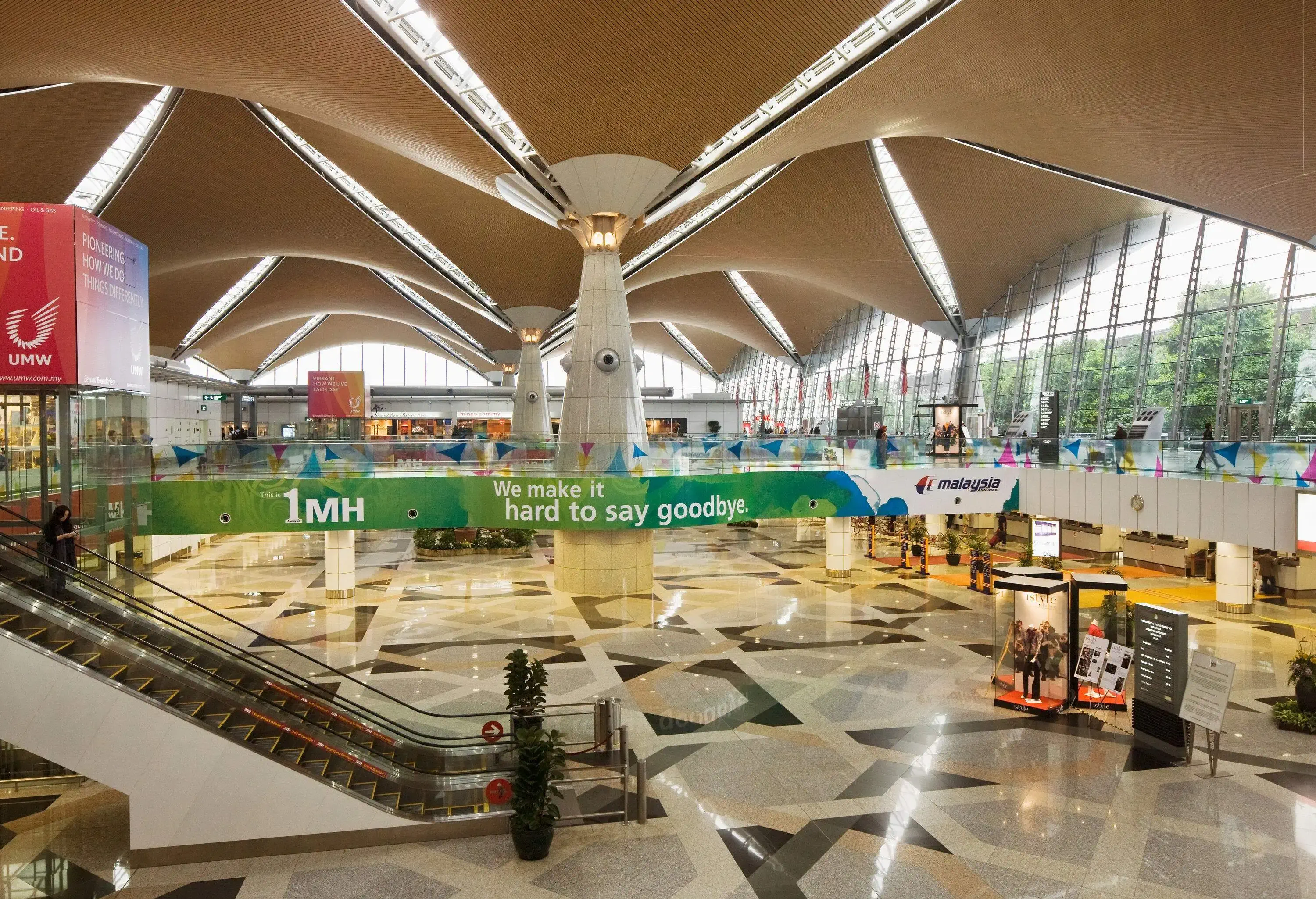Flying through the largest airport in the world may sound daunting, but there’s no reason to avoid it.
More flights and more passengers mean these mega airports know exactly what they’re doing, so you’ll often find them more efficient and convenient than others. Read on to learn about the biggest and the busiest.
The five largest airports in the world
The most obvious measure of airport size is total land area, and some airports are simply enormous. Taking into account area only, these are the largest airports in the world.
1. King Fahd International (DMM)
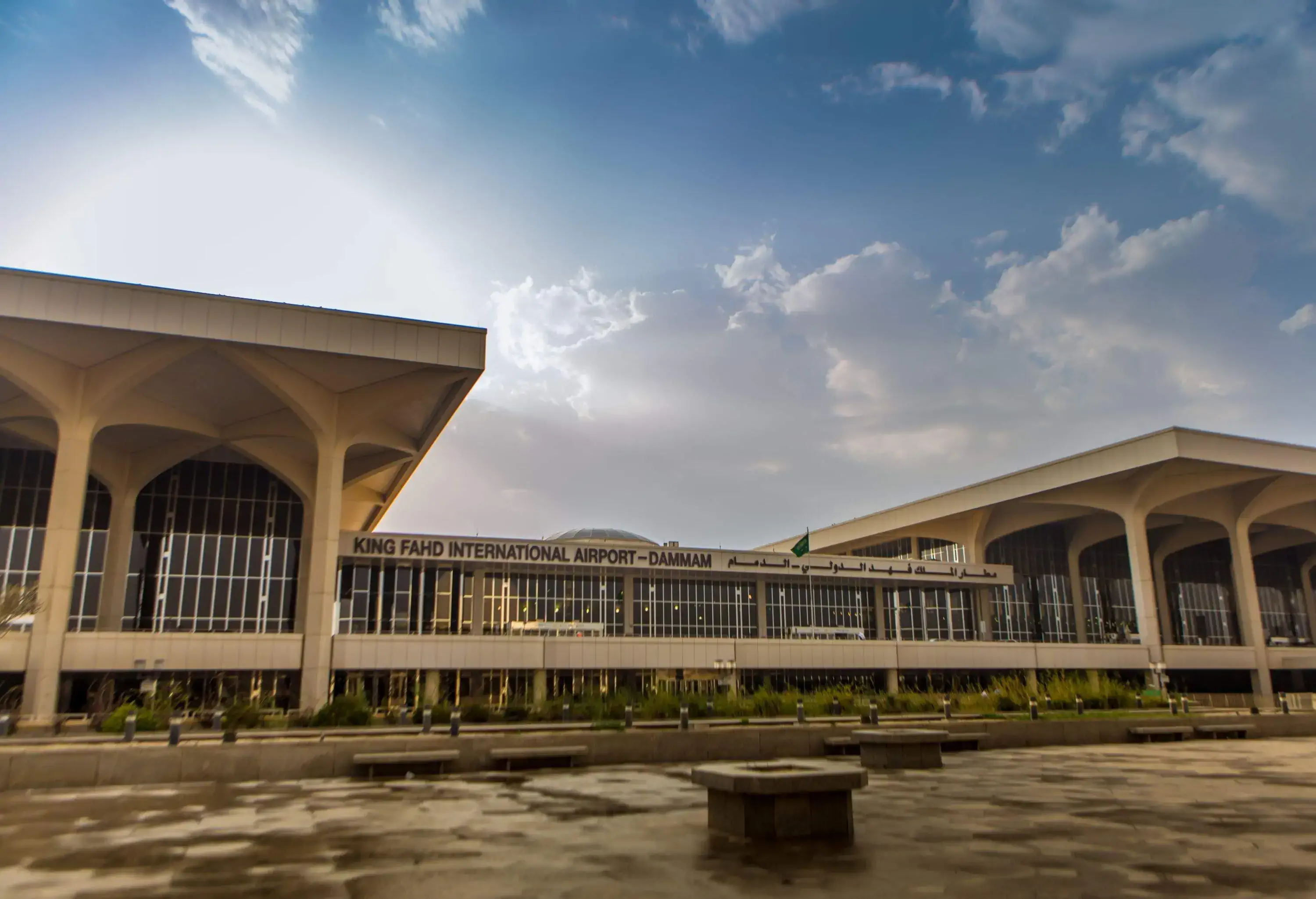
Saudi Arabia’s King Fahd International Airport is by far the largest airport in the world. Coming in at a whopping 300 square miles, it’s more than five times the size of the world’s second largest airport, roughly equivalent to the land area of all five New York City boroughs combined.
This airport serves both domestic and international flights, with separate terminals for each, and also contains a private terminal for the royal family and other dignitaries and VIPs. If you’re heading to Saudi Arabia, remember that alcohol is forbidden here and importation is a punishable offense, so don’t pack any for your journey. It never hurts to brush up on general alcohol dos and don’ts before flying either.
2. Denver International Airport (DEN)
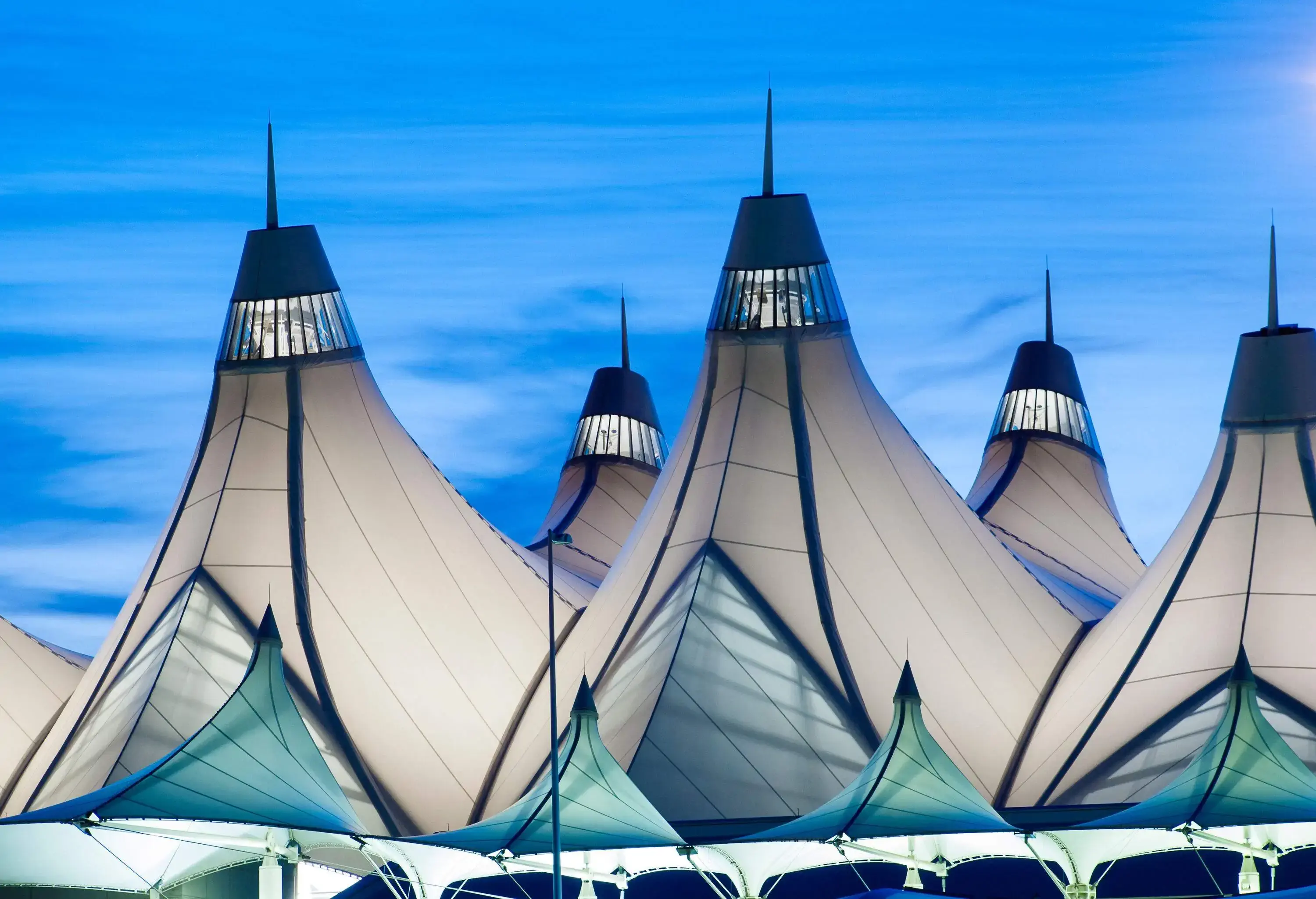
Clocking in at 53 square miles, Denver International Airport is the world’s second largest airport by land area, and the largest airport in the US. This expansive property has been the subject of countless conspiracy theories, from rumors of an underground bunker to a race of resident lizard people, and I love that DEN fully embraces its reputation with humorous signs about these theories within the airport.
With circus tent roofs and a rearing blue horse guarding the entrance, it’s easy to see why this airport raises more than a few eyebrows. Security lines can be particularly long here, so I recommend arriving earlier than usual and taking advantage of any expediting programs like TSA PreCheck or CLEAR.
If you’ll be flying through DEN regularly, that’s reason enough alone to apply for one of these programs. Airline status and tickets in some premium airline classes can also get you access to expedited security processing.
3. Kuala Lumpur International Airport (KUL)
At 39 square miles, Malaysia’s Kuala Lumpur International Airport is the third largest airport in the world, but this isn’t the only impressive mileage it boasts. Though it’s home to just two (very large) terminals, they’re an incredible seven miles apart from each other.
Be sure to arrive at the right terminal, because you won’t be able to walk between them. If you do get dropped off at the wrong one, you’ll still be fine though, thanks to a shuttle train that connects the two terminals.
KUL is another airport worth arriving as early as possible to, not just because of the distance between buildings and gates, but because you’ll need to pass security twice here – once to enter the terminal, as usual, and a more thorough security screening at the gate. So, be sure to arrive on time for boarding and don’t cut things fine with extra lounge time.
4. Istanbul Airport (IST)
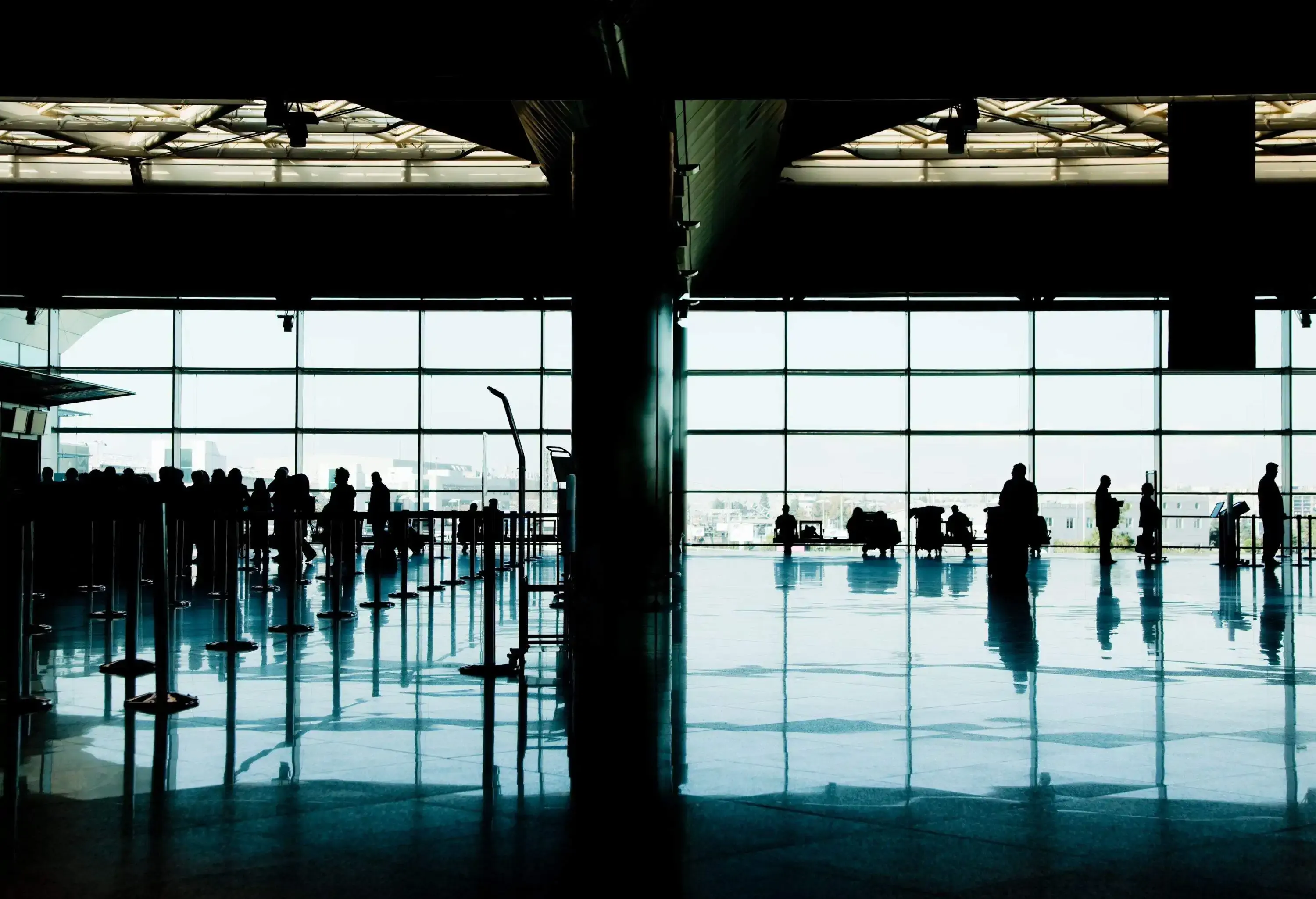
The youngest airport on the list of the world’s largest, Istanbul Airport opened in 2019 with an impressive 30 square miles of land. The world’s fourth largest airport consists of only a single terminal, but it’s divided into five separate concourses of gates, with extensive shopping, dining, and work zones. This massive terminal also holds the record of being the world’s largest airport terminal under a single roof.
Unsurprisingly, Istanbul is the main hub for Turkish Airlines, which fittingly happens to be one of the world’s largest. If you’re flying between Europe, Asia, and Africa, it’s common to connect here, thanks to the volume of Turkish Airlines flights between these regions. While there’s only one terminal for now, more are expected in the future as the airport expands into its sprawling space.
5. Dallas Fort Worth International Airport (DFW)
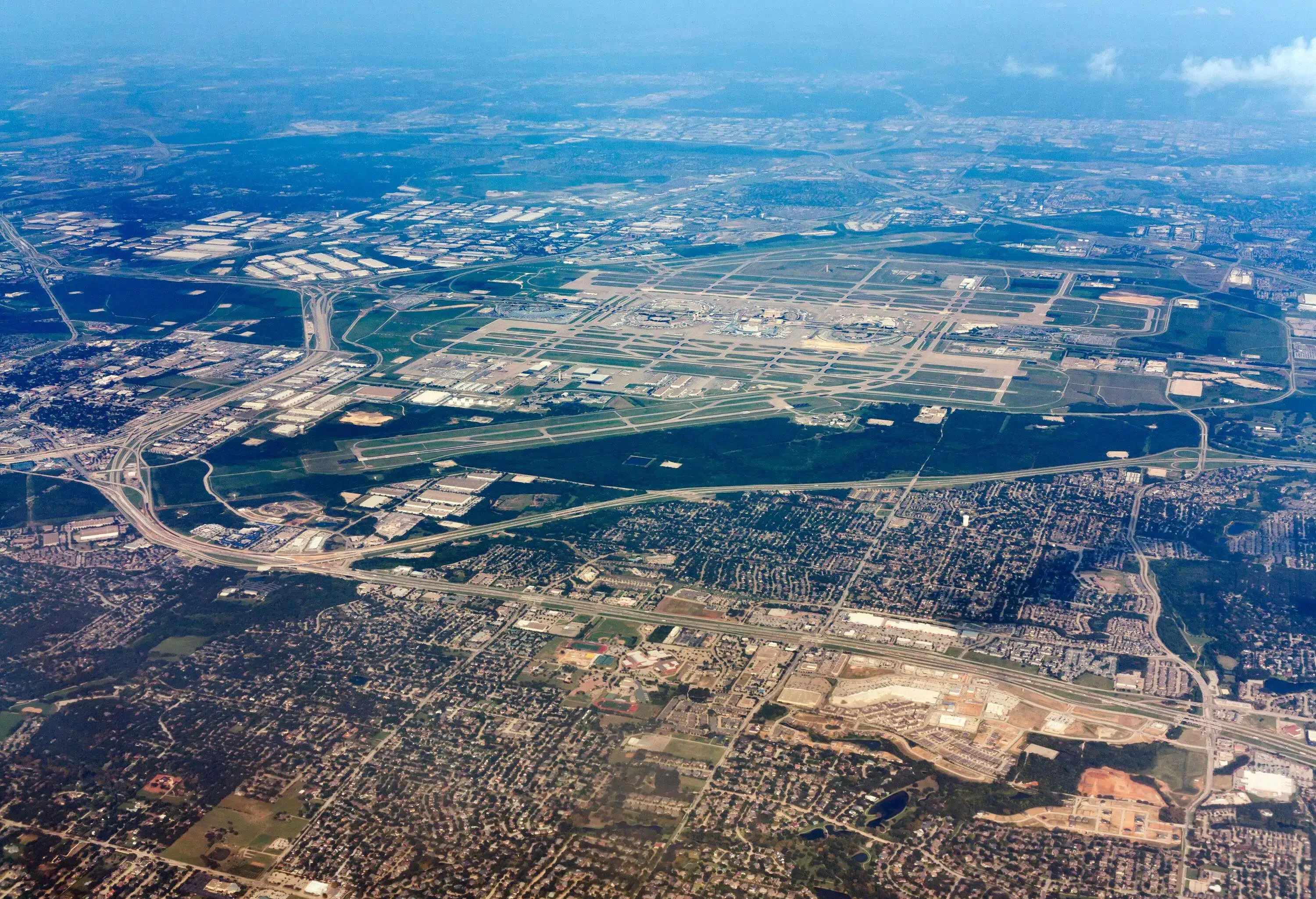
Once upon a time, Dallas Fort Worth International Airport was the largest airport in the world with its 27 square miles of land area. Today it merely rounds out the top five, but it’s nothing to scoff at. And though its epic size means it may take you some time to find your gate, you shouldn’t have any trouble passing through security quickly here.
DFW is famous for its multitude of security checkpoints within each terminal, processing passengers far faster than most other large airports. And once you’re past security, there’s a frequent air train connecting all terminals, so you don’t have to make the long journey completely on foot.
The largest airport in the world by gates
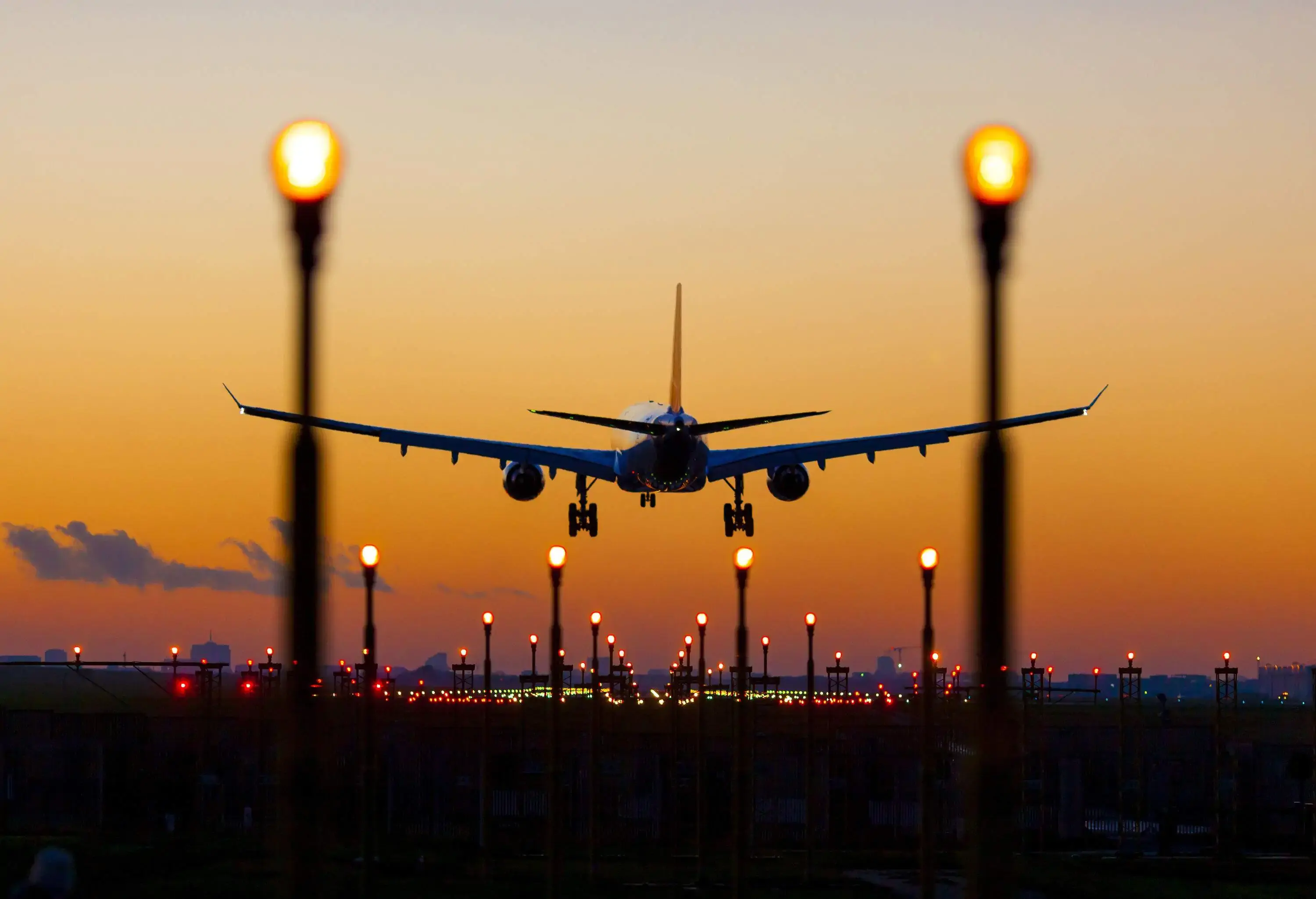
Another way some like to consider airport size is by the number of terminals or concourses it has. While this may sound like it would give you a sense of the overall size of the airport and how far you’ll need to walk to reach your plane, it doesn’t really. Some airports are designed with fewer terminals that have many concourses within each one, while others may include many terminals with fewer concourses in each. There’s no way to accurately judge size from either of these figures alone.
However, looking at the number of gates can give you a better sense of how many planes may be pulling up to the concourses throughout the day. It also offers a somewhat better sense of whether or not you’ll need to walk far to reach yours. Still, this isn’t foolproof either. Because some gates are designed for widebody jets flying long-hauls and others accommodate skinnier aircraft better suited to commuter flights and regional routes, the number alone won’t always indicate how big an airport is, or even how many passengers are passing through. But it does help, and I find it to be one of the most accurate estimators of true size.
Hartsfield–Jackson Atlanta International Airport (ATL) is home to the most gates of any airport in the world. The exact number changes from time to time, but hovers around 200. While there are only two terminals at ATL, there are seven large concourses housing this trove of gates.
The good news for travelers is that you can take a quick shuttle between any of them, but I recommend walking if you have the time. There are worthwhile art and history installations spanning the passages between concourses, and you can ride the moving sidewalks through most of them as you enjoy the exhibits, so it’s not even that much walking.
The five busiest airports in the world
The primary method of measuring the world’s busiest airports is by annual passenger traffic. While you may expect population hotspots like Tokyo, Delhi, or Shanghai to process the most passengers, the world’s busiest airport is actually in the United States. Here it is, along with the rest of the world’s busiest airports.
1. Hartsfield–Jackson Atlanta International Airport (ATL)

While the number of gates doesn’t always indicate more passengers coming through, it does in the case of Hartsfield–Jackson Atlanta International Airport, which holds the titles of the most gates and busiest airport in the world.
The roughly 200 gates here process more than 104 million annual passengers, far exceeding any other airport’s traffic. ATL is the primary hub of Delta Airlines, accounting for much of the tremendous traffic here, but Atlanta is also home to many other major brands, like Coca-Cola, The Home Depot and UPS, all helping to increase passenger count here.
2. Dubai International Airport (DXB)
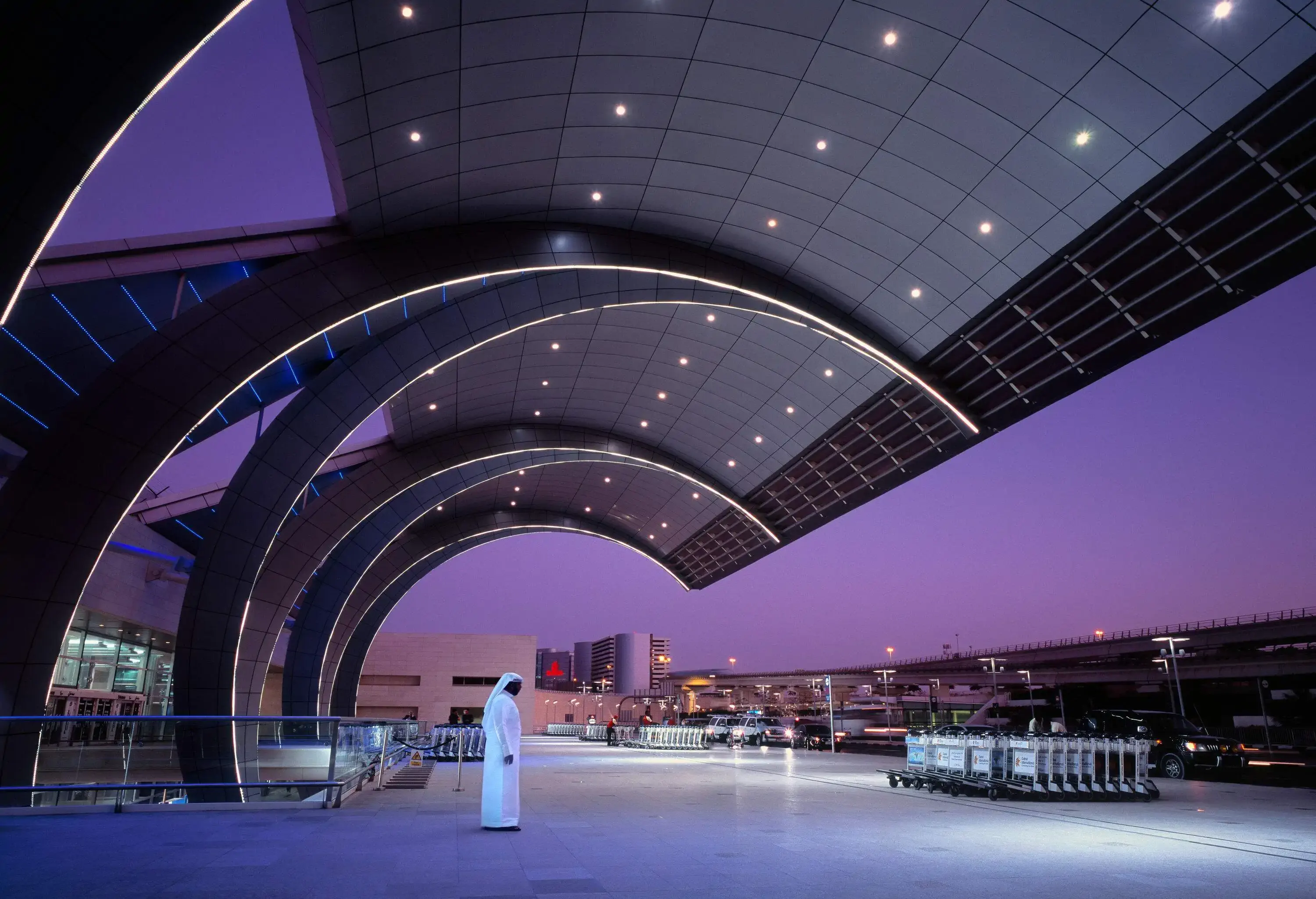
With just under 87 million annual passengers, Dubai International Airport has rapidly climbed the ranks in recent years to reach the number two spot worldwide. An increase in destination offerings from the UAE’s flagship carrier, Emirates, is likely responsible for some of the accelerated growth in traffic, along with increased investment in the Middle East’s aviation sector in general.
Emirates operates out of DXB’s enormous Terminal 3 and accounts for half of all Middle East flights alone. Terminal 3 was the largest building in the world when built, and still claims the title for world’s largest terminal by floor space.
3. Dallas Fort Worth International Airport (DFW)

Dallas Fort Worth International Airport is the only airport to rank in both top five largest and top five busiest, proving that these two measures don’t often go hand-in-hand. But they sure do in Texas. With more than 81 million passengers, DFW is the primary hub of both American Airlines and Southwest Airlines, accounting for plenty of travelers.
The city also hosts the headquarters of big brands like AT&T, Kimberly-Clark, and Texas Instruments, drawing a healthy dose of business travel too. As the largest airport in the region (and one of the largest in the country), it’s uniquely positioned to process hundreds of daily connections, on top of its many non-stop flights to more than 250 destinations daily.
4. Heathrow Airport (LHR)

London’s Heathrow Airport takes fourth place with just over 79 million annual travelers passing through its 115 gates. As Europe’s busiest airport for passengers, Heathrow is also one of the continent’s busiest cargo hubs. The crunch of foot traffic here does cause some famously long security lines and even longer runway delays, but there are plans to build a third runway to reduce congestion.
LHR flies to more than 80 countries daily, making it a popular connection airport, especially for those traveling between US and European destinations. [https://www.flightconnections.com/flights-from-london-heathrow-lhr] If you prefer to avoid larger crowds and lengthy lines, nearby London Gatwick Airport (LGW) is considerably smaller and still flies to more than 220 destinations daily.
5. Tokyo Haneda Airport (HND)
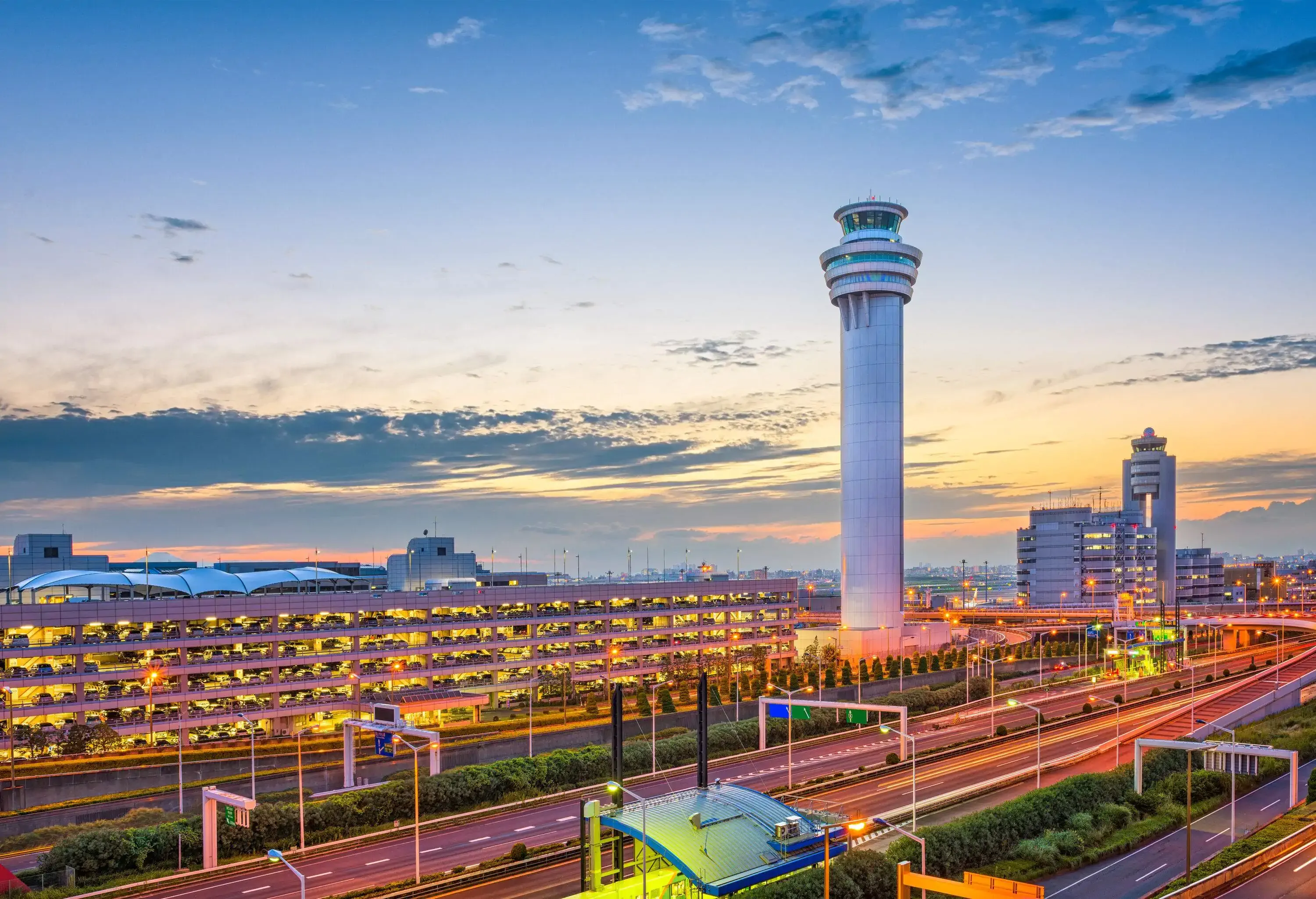
Soaring up the ranks, Tokyo Haneda Airport wasn’t even in the top ten busiest airports until recent years, but now it holds the number five spot. With 78.7 million annual passengers, HND is just a whisker behind Heathrow Airport, for now.
HND underwent significant infrastructure improvements in preparation for the 2020 Tokyo Olympics, helping it accommodate more daily flights and an increase in international destinations. But it may be the airlines themselves that are most responsible for HND’s surge in traffic.
Both Japan Airlines and All Nippon Airways are hubbed here, and both have been actively increasing their daily flights and destinations, bringing up HND’s total and potentially drawing traffic away from Tokyo’s other major airport, Narita International Airport (NRT).
Planning your trip
The busiest and largest airports in the world can seem daunting to travel through, but they don’t need to be, especially during off-peak periods. If you’re flying during holidays, you’re more likely to experience some travel hurdles, but that’s the case at any airport during these peak periods, and our handy holiday season travel survival guide can help.
While the thought of travel is thrilling, don’t get so caught up in the excitement that you fall for common scams, especially during the holiday rush. Here are some of the main travel scams to watch out for so you can easily avoid them. And finally, one potential benefit of larger and busier airports is better access to standby seats. Make sure you’re up to speed on exactly what standby flights entail so you can score one of these if needed.
FAQs about the largest airports in the world
As fourth biggest in the world, Istanbul Airport (IST) is the biggest airport in Europe by land area. After IST, Paris Charles de Gaulle Airport (CDG) is the next largest, but it’s not very high on the overall world rankings.
The largest airport in Asia is Kuala Lumpur International Airport (KUL), the third largest airport in the world. In Malaysia, this Southeast Asian airport is far larger than those in northern population hubs like Tokyo and Beijing.
Hartsfield–Jackson Atlanta International Airport (ATL) is the world’s busiest airport by passenger traffic and fittingly has the most flights per day. Between arrivals and departures, ATL averages around 2,100 daily flights to support its 286,000 daily passengers.



